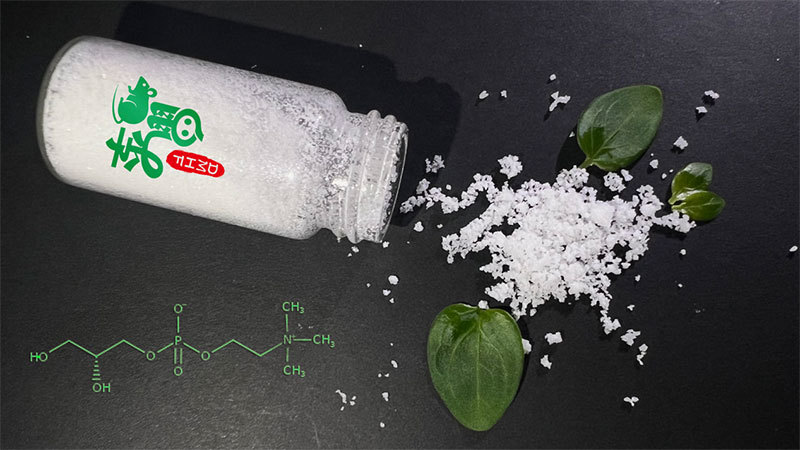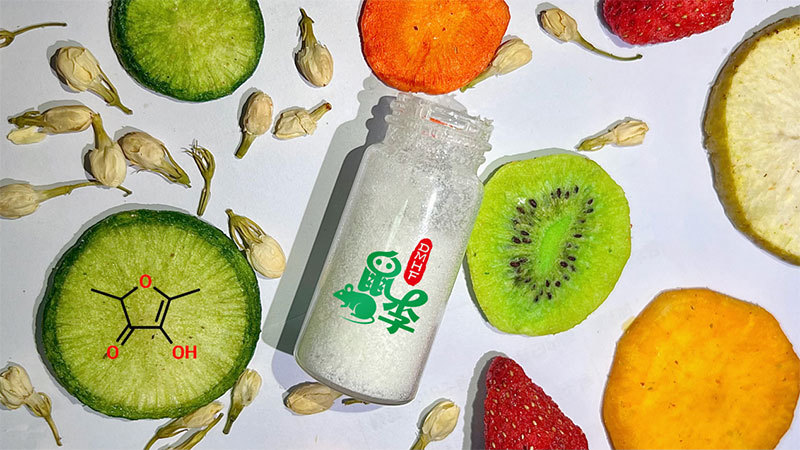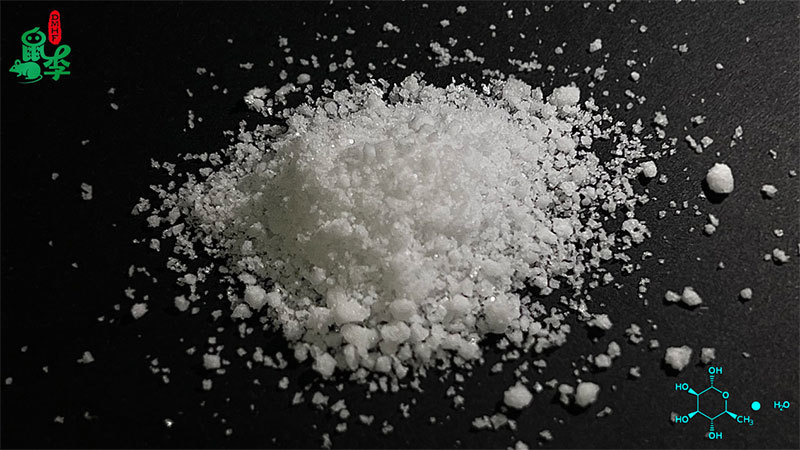Products



α-L-Rhamnose Monohydrate
Category: Natural Food Additives
- Description
- Information
- Application
-
α-L-Rhamnosidase is a specialized enzyme developed for the efficient hydrolysis of poly-rhamnose. Through advanced genetic engineering and optimized fermentation processes, we achieve high-purity, large-scale production with enhanced activity and cost-effectiveness. It offers a reliable biocatalytic solution for applications requiring precise breakdown of plant-based polysaccharides.
-
Synonyms L-(+)-Rhamnopyranose Monohydrate; 6-Deoxy-L-mannopyranose Monohydrate
CAS No. 6155-35-7
Formula C6H14O6
M.W 182.12
Purity ≥99.0% EINECS 222-793-4
Melting point 90-95 °C
Boiling point 82-92 ℃
Flash Point 149.7°C
Solubility Methanol (Slightly), Water (Sparingly)
Appearance White cryst
Packing 1KG*10BAGS*CTN
-
Pharmaceuticals|Food Processing|Biofuels|Biocatalysis
Related research information
| Synonyms |
L-(+)-Rhamnopyranose Monohydrate; 6-Deoxy-L-mannopyranose Monohydrate |
| CAS No. |
6155-35-7 |
| Formula |
C6H14O6 |
| M.W |
182.12 |
| Purity | ≥99.0% |
| EINECS |
222-793-4 |
| Melting point |
90-95 °C |
| Boiling point |
82-92 ℃ |
| Flash Point |
149.7°C |
| Solubility |
Methanol (Slightly), Water (Sparingly) |
| Appearance |
White cryst |
| Packing |
1KG*10BAGS*CTN |
Key words:
Green food additive
rhamnose
Previous Page
Next Page
Related research information
α-L-Rhamnosidase is a specialized enzyme developed for the efficient hydrolysis of poly-rhamnose. Through advanced genetic engineering and optimized fermentation processes, we achieve high-purity, large-scale production with enhanced activity and cost-effectiveness. It offers a reliable biocatalytic solution for applications requiring precise breakdown of plant-based polysaccharides.
Pharmaceuticals|Food Processing|Biofuels|Biocatalysis
Related research information
Related Products
Stay in Touch
* Note: Please be sure to fill in the information accurately and keep the communication unblocked. We will get in touch with you as soon as possible.













